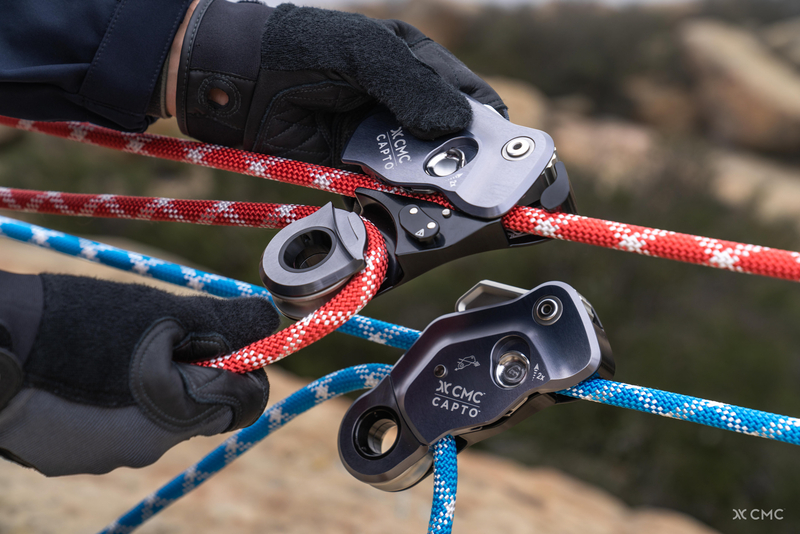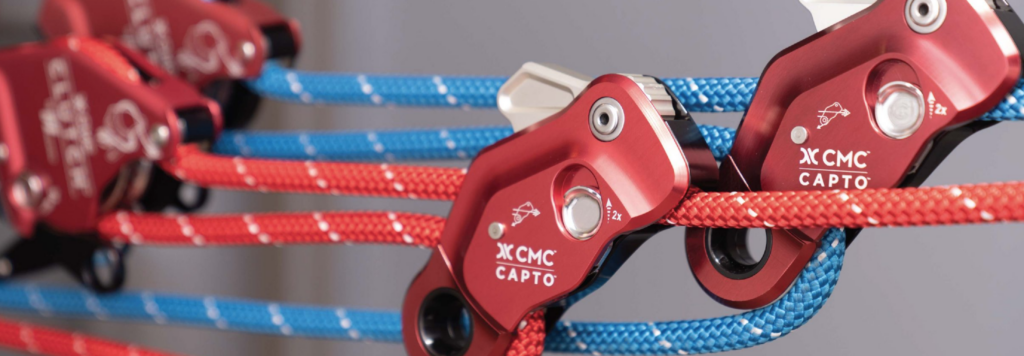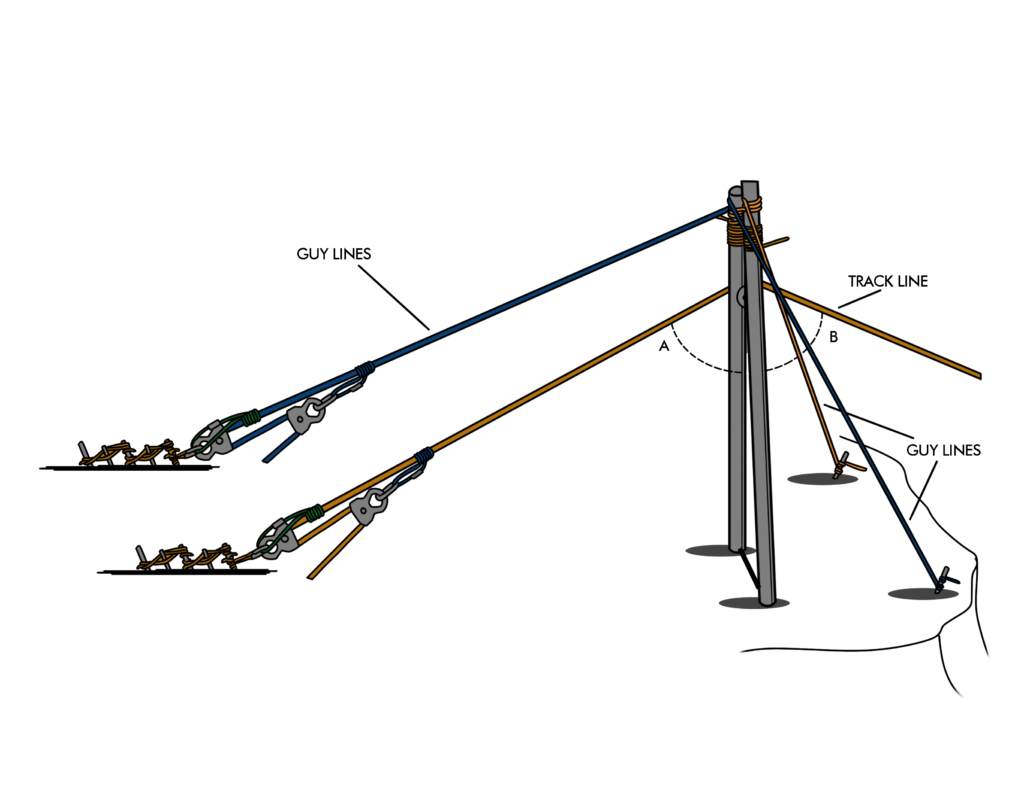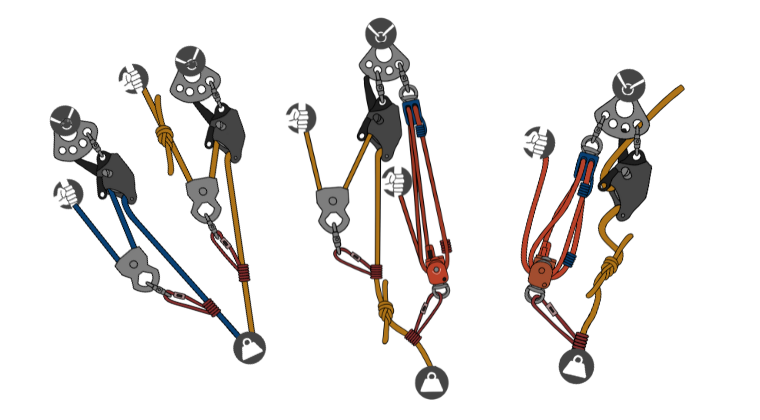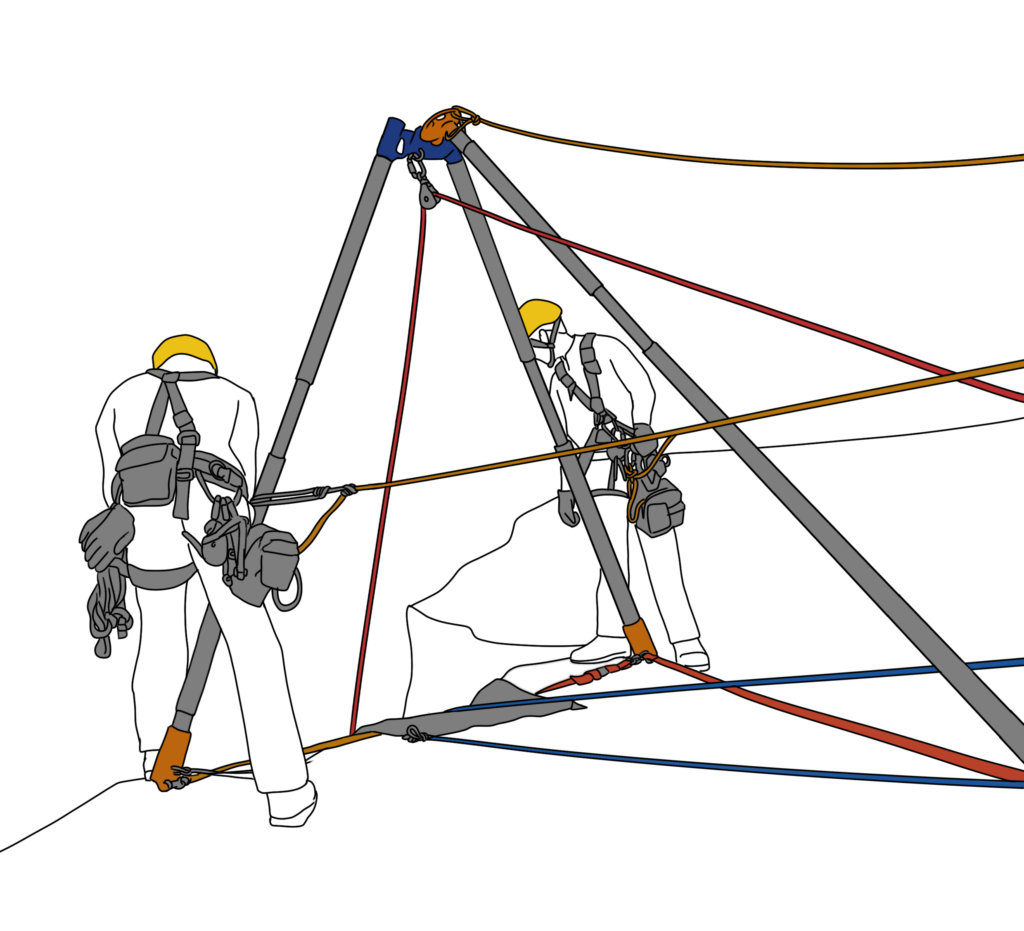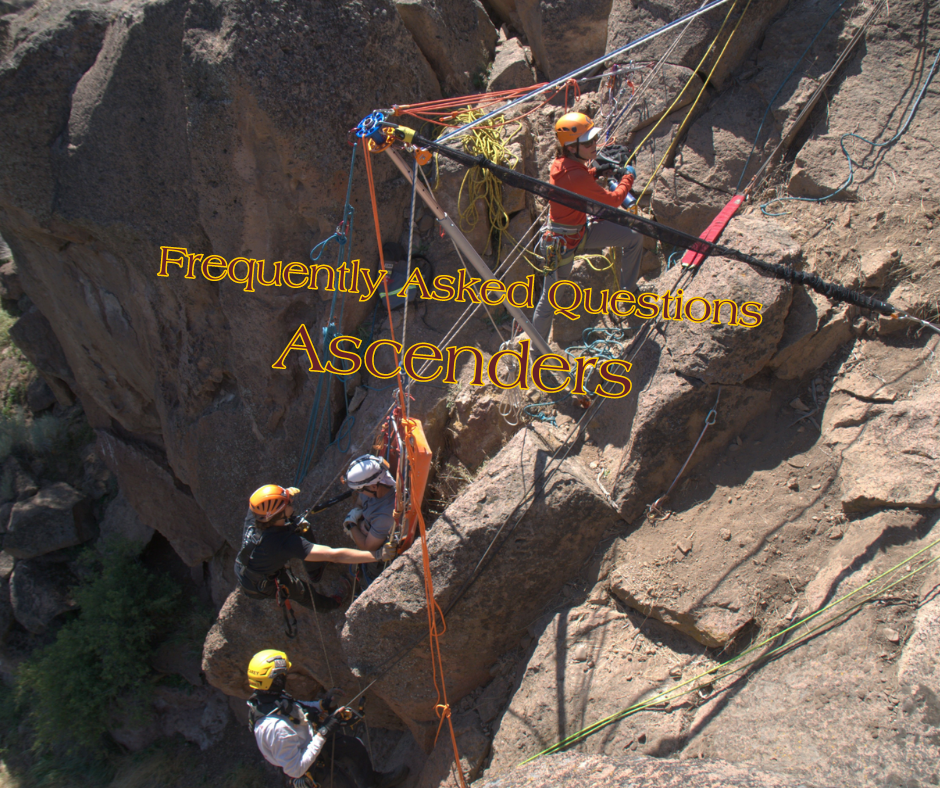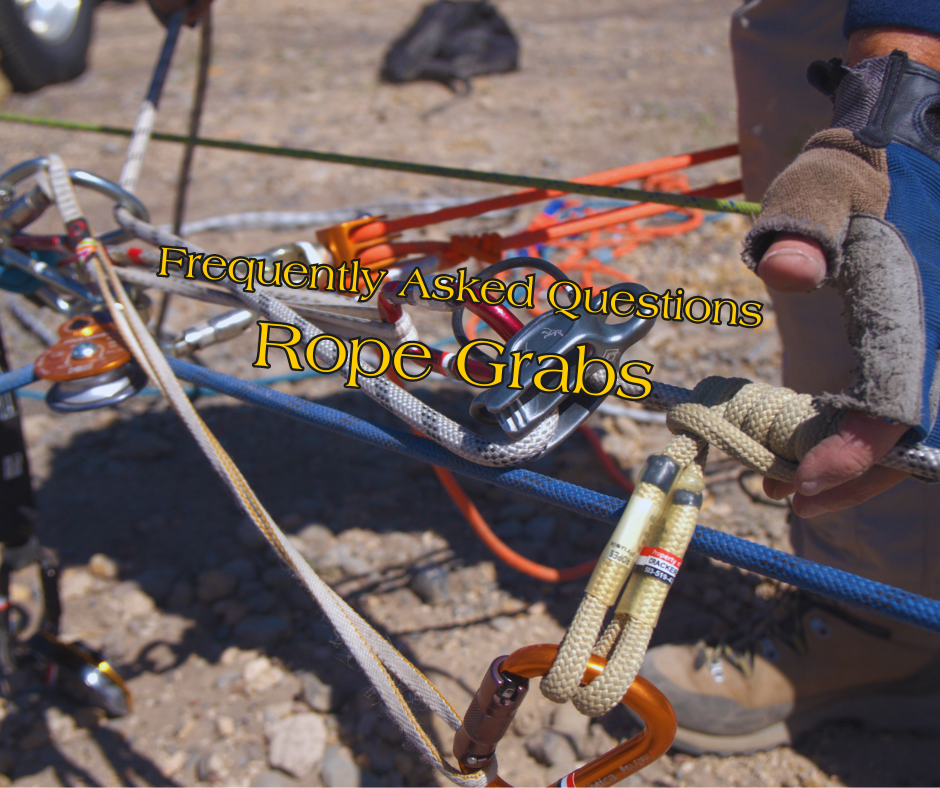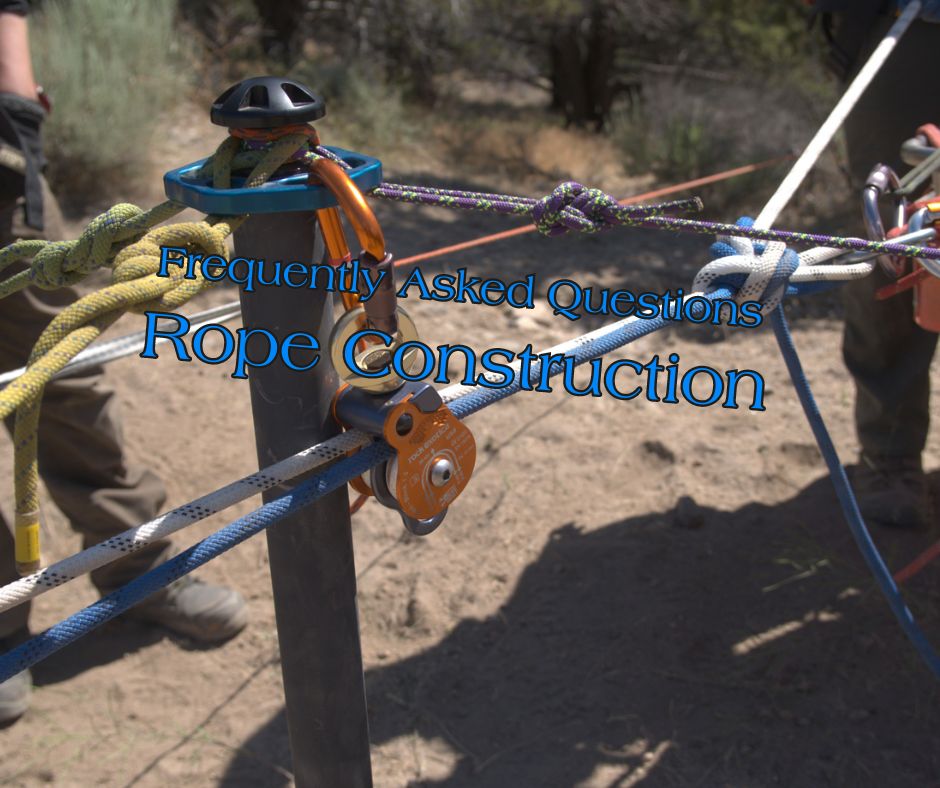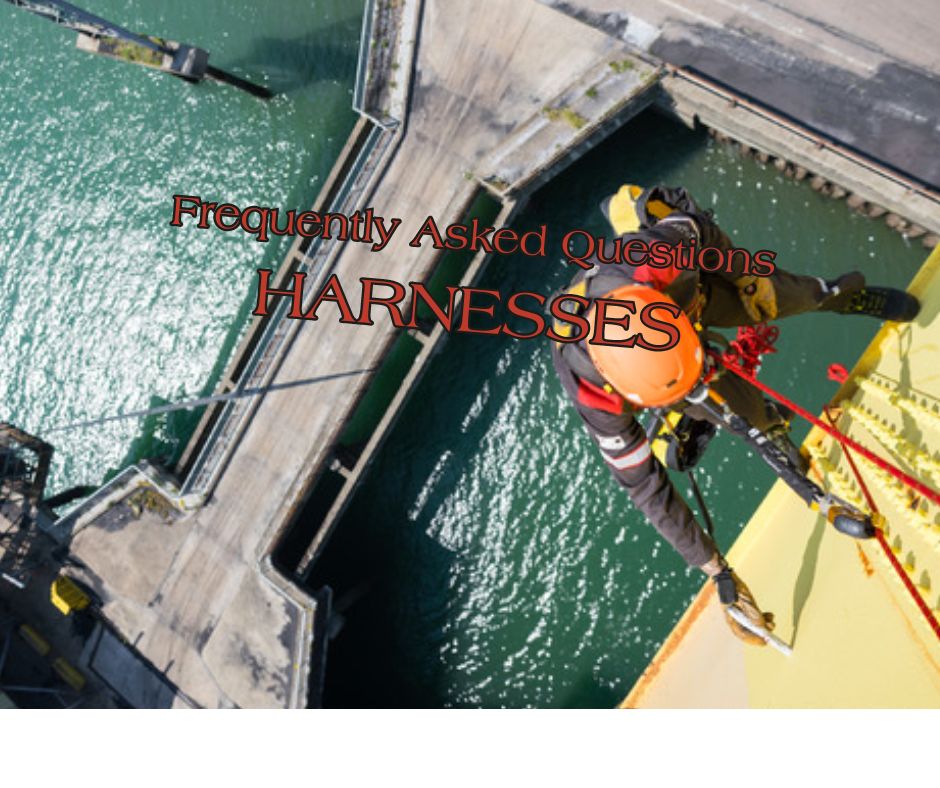CMC Capto vs. Prusik: Which is Best for Rescue?
When it comes to rescue operations, efficiency and reliability are everything. Progress capture devices like the CMC Capto vs. Prusik play a critical role in controlling loads, securing positions, and ensuring the safety of rescuers and victims. This blog breaks down the key differences between these two tools, exploring their strengths and use cases. Understanding […]
CMC Capto vs. Prusik: Which is Best for Rescue? Read More »

